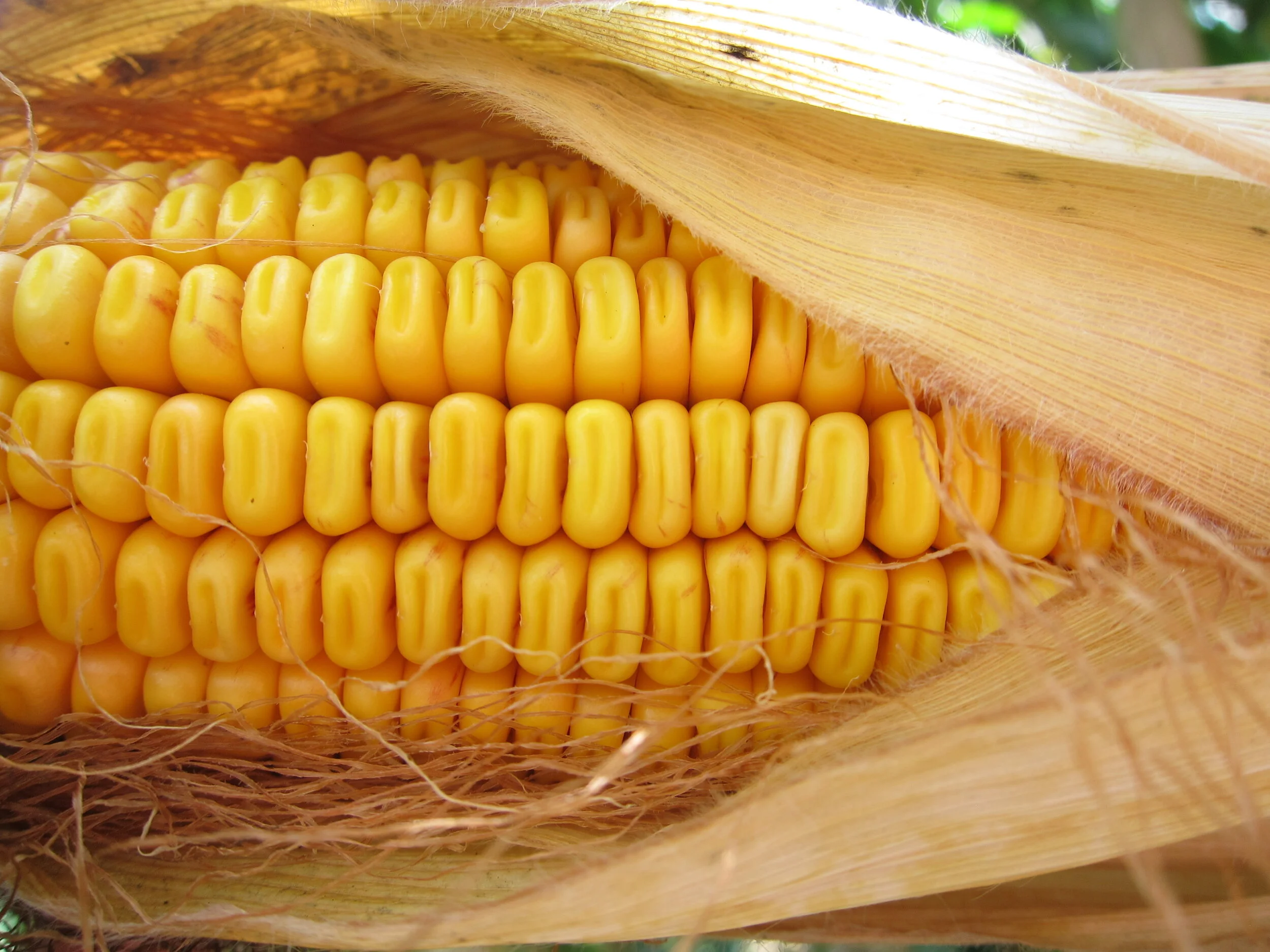We were asked recently how our Floury Leafy Corn Silage Hybrids perform in conditions that encourage ear mold growth and whether plant population plays a role in mycotoxin resistance.
I'll start by saying that none of our hybrids - and no other corn hybrid out there is immune to the production of ear molds in the field under mycotoxin-inducing conditions. However, at Glenn Seed, we regularly have the opportunity to screen for visible ear molds in both the parent lines, and in our pre-commercial hybrids at silage harvest time.
Given our geographic location on the shore of Lake Erie, we have staggeringly hot and humid summers every year. At silage harvest time, we often have either hot and humid conditions, or cold and wet conditions. As a standard, we take mold ratings on hybrids in our experimental trials each season by husking 5 ears per plot and recording the incidence of mold. We discard hybrids or advancing inbred parent lines that show mold.
Two years ago, we had a very hot and humid September. As Francis and Robert were chopping silage research plots with the research chopper, I collected ear samples from the outside plot rows. I took five ears per row across several repetitions of each hybrid. The trial that we were looking at had three commercial dual purpose checks along with many of our now-commercial Floury Leafy hybrids. Both hybrid types were planted at their recommended populations, with the Floury Leafies being planted about 20% lower than the dual purpose checks. I was shocked to see that two of the three dual purpose checks were extremely moldy with both white and pink mold, and that the mold appeared consistently in every repetition of those hybrids across the trial. There were about ten of our hybrids in the trial. One consistently had a moldy tip and this hybrid was eliminated from our program on this basis. The rest of them were remarkably mold-free, even though the ears were damp inside their husks.
Why the difference in mold response?
I'll take some educated guesses here:
1. Population. With our products, the flex ear gets nice and big at a lower population, and that will affect the relationship of the ear to husk cover. At a lower population, there will be a bigger ear, resulting in a shorter silk channel, and a slightly open ear tip which allows for air circulation and drying. Often a smaller ear on a corn plant is accompanied by a longer silk channel and closed husk tips. This creates the perfect environment for mold to flourish. Two seasons ago (the same season as described above) when mycotoxins really hit the whole grain industry in our area of Ontario and south into the US, Francis swore that if the commercial grain hybrids had been planted at lower populations, there would have been far less ear mold, regardless of hybrid type for exactly this reason.
2. Good old fashioned plant breeding and selection. With the chance to screen for mold so frequently, most of the germplasm that we've advanced is very resistant to ear molds. I have observed that even under conditions where there is earworm damage and some mold has formed around the damaged area, it does not spread very far.
Planting at a lower population seems to offer tremendous protection against ear molds. Genetics has a great influence as well. If our products are planted at the right population for the area (a max of 30,000 ppa under best conditions, or 20% less than typical grain hybrids), silage growers should have a relatively mycotoxin-free crop compared to what others will experience.
-By Margo Lee

